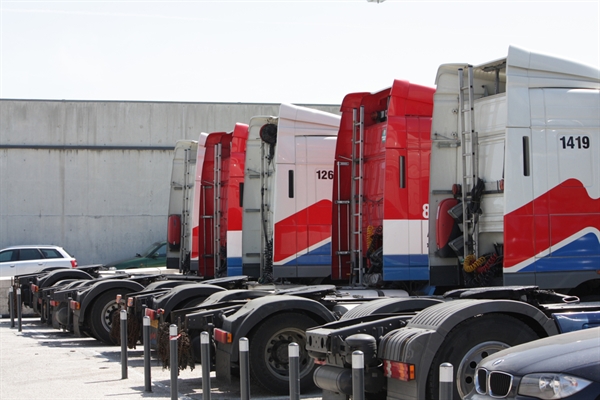Class A,B, C, CDL, endorsements, gross weight, hazmat – these terms can seem very confusing. At All-State Career, the experienced instructors in our Commercial Driving Programs break it all down for you. If you are interested in a driving career, you will need to know the differences in licenses and what they each permit. Once you know what distinguishes one from another, you will be able to decide which one is the best fit for you.
Three Main Types of Commercial Driving Licenses
1. Class A CDL
In most states, this license allows the driver to operate any vehicle with a semi-trailer or trailer with two or more axles. This also includes any combination of vehicles with a gross vehicle weight rating (GVWR) greater than 26,000 pounds (provided that the GVWR of the towed vehicle is in excess of 10,000 pounds). A Class A CDL is required for:
- drivers towing trailers with more than 10,000 pounds of GVWR
- Also allows the holder to operate Class B and C vehicles
Depending on the state, additional endorsements may be required. Drivers may be able to operate tractor-trailers, truck and trailer combinations, double and triple trailers, tractor-trailer buses, tanker vehicles, livestock carriers, and flatbeds.
2. Class B CDL
This license allows the driver to operate any vehicle with a GVWR greater than 26,000 pounds, as well as any vehicle towing a trailer that does not exceed a GVWR of 10,000 pounds. A Class B CDL is required for:
- drivers towing trailers with less than 10,000 pounds of GVWR
- drivers can operate Class C vehicles, but not Class A vehicles
Drivers may be able to operate straight trucks, box trucks (like delivery trucks), large buses (such as school buses and city buses, and tourist buses), and dump trucks with small trailers.
3. Class C CDLL
This license allows the driver to operate any vehicle that is designed to transport 16 or more passengers (including the driver). It also includes vehicles used in the transportation of materials classified as hazardous in the Hazardous Materials Transportation Act. With the proper endorsement, holders of this license may drive passenger vans, small HAZMAT vehicles, and combination vehicles not described in Class A or Class B.

